Notes
-Fun to fly around
-Great capital view
-Agile for a heavy fighter
Controls
-Nothing special (air-to-air or air-to-ground to activate guns)
Designed in 1944 to combat the increase in English nighttime bombing raids, Dornier took the concept of Arado's Ar-335 and improved upon it. To reduce drag, both propeller engines were moved to the rear of the fuselage. To increase top speed, a jet engine was also imbedded in the fuselage, with the exhaust being used as extra propellant (exiting through the belly of the plane). The armament consisted of four MK.108 30mm cannons, a destructive and powerful loadout. The crew of two sat in the front of the fuselage, giving them good all-around visibility. One prototype was built sometime in January of 1945, and was flight-tested in northern Germany. Both crew had ejector seats, which featured small rocket boosters to get them farther away. In planned variants, the nose section would detach before the crew were ejected, further increasing their chances of survival. On the night of March 15 1945, the first P.254 took to the skies, and successfully shot down seven British bombers. In the navigator seat of the flight was Annabelle Schmitt (the granddaughter of Emil Schmitt, co-founder of the Gunther-Schmitt Company) who would flee to Argentina after the war and continue work on night-fighting equipment. Two days later, the airfield was captured by American forces, but the P.254 was nowhere to be found. Some speculate that Annabelle took the plane to Argentina for research purposes, but it has never been confirmed. Aerostyle Aviation recreated the plane in 2001, and the fully-functional replica now sits in the Aerostyle Military Archives museum.
Specifications
General Characteristics
- Successors 1 airplane(s)
- Created On iOS
- Wingspan 55.8ft (17.0m)
- Length 66.1ft (20.2m)
- Height 21.6ft (6.6m)
- Empty Weight 24,631lbs (11,172kg)
- Loaded Weight 32,268lbs (14,636kg)
Performance
- Power/Weight Ratio 1.741
- Horse Power/Weight Ratio 0.123
- Wing Loading 50.9lbs/ft2 (248.3kg/m2)
- Wing Area 634.4ft2 (58.9m2)
- Drag Points 12740
Parts
- Number of Parts 335
- Control Surfaces 5
- Performance Cost 1,093

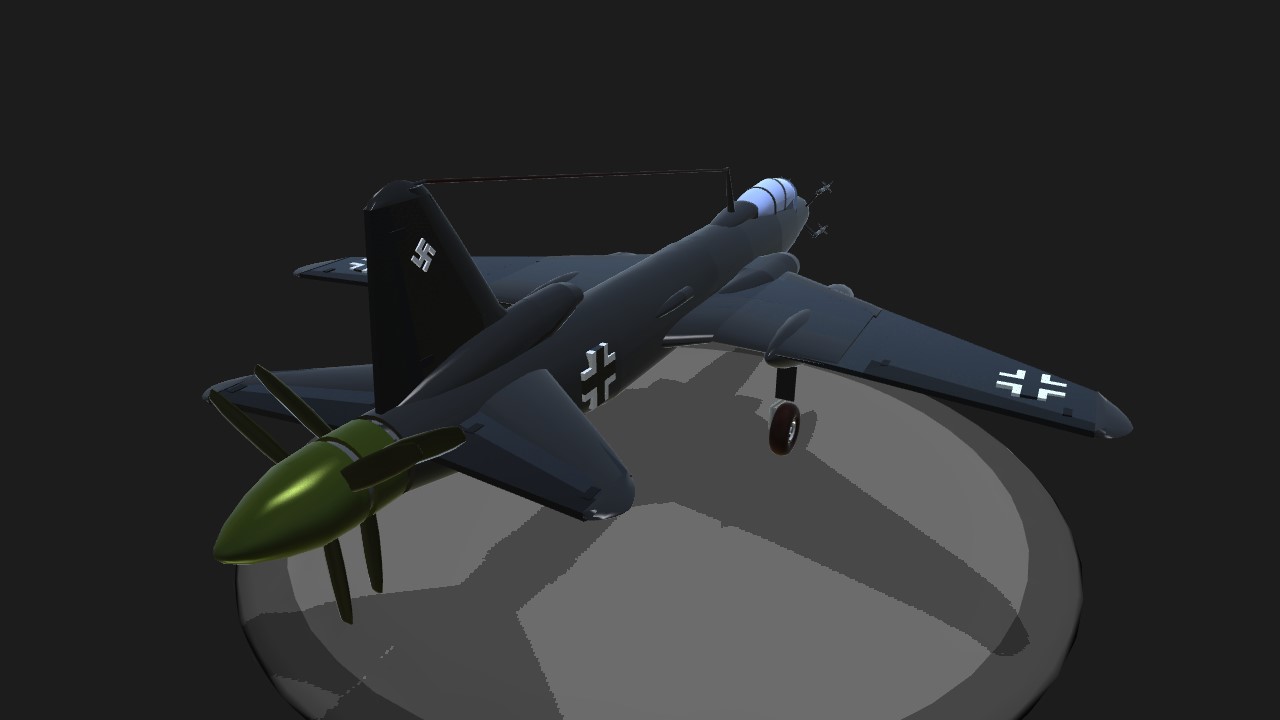
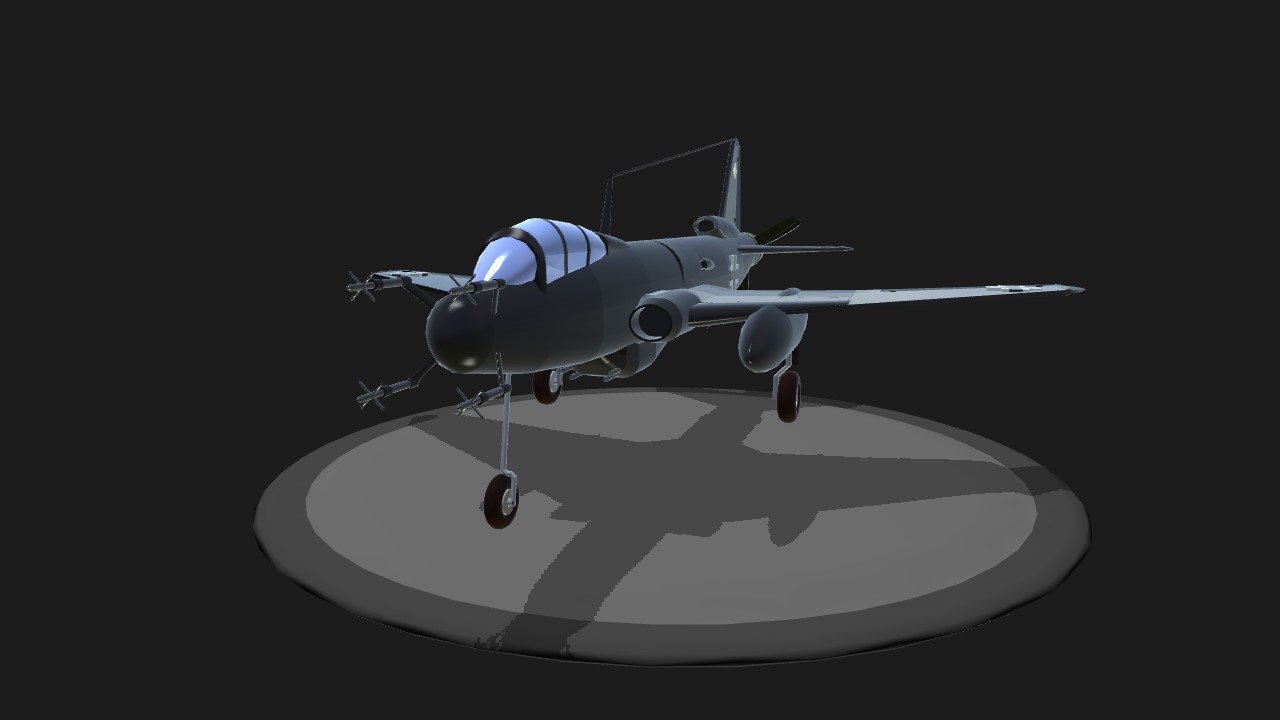

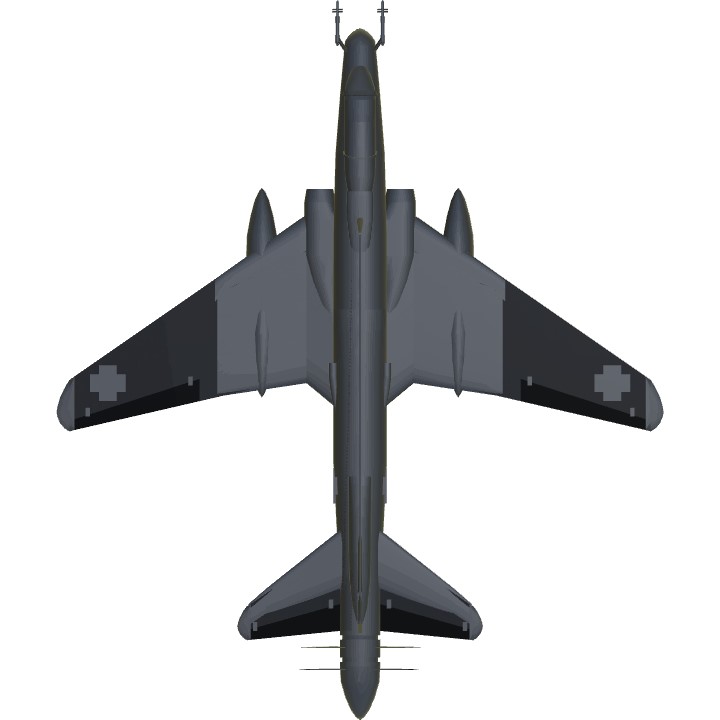
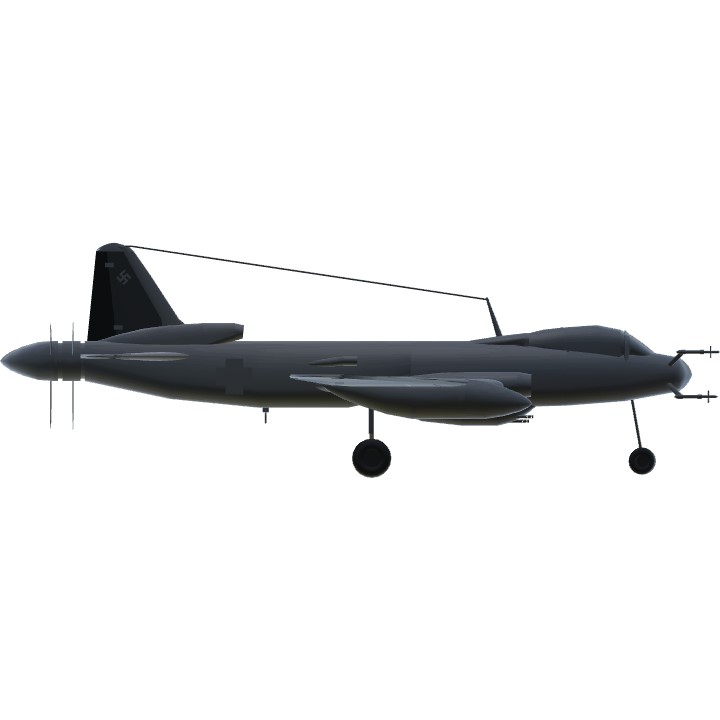
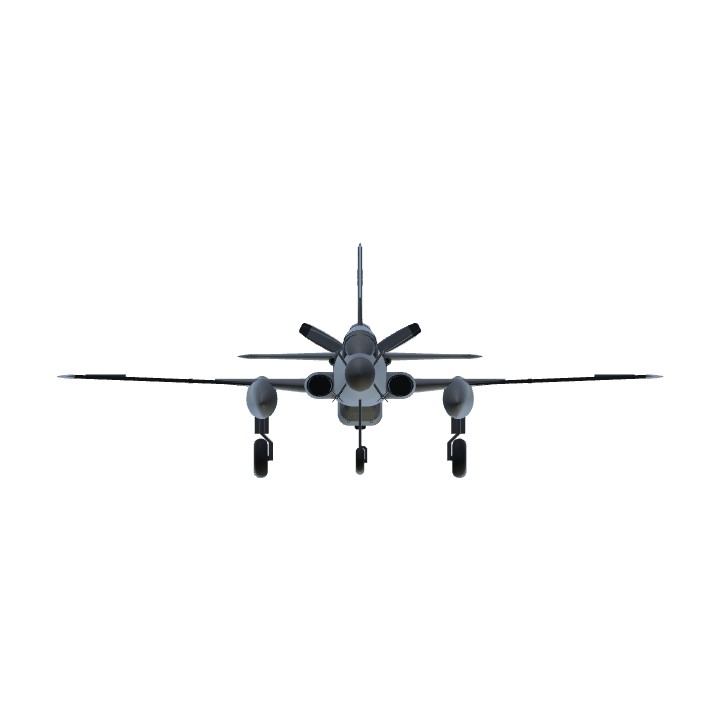
Excellent!